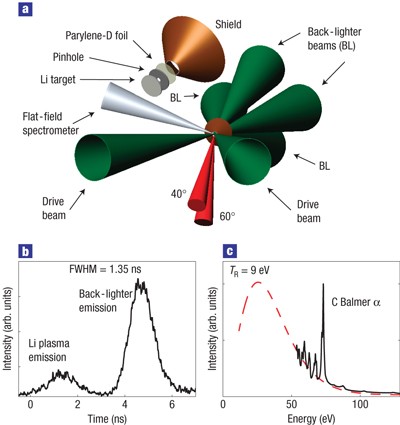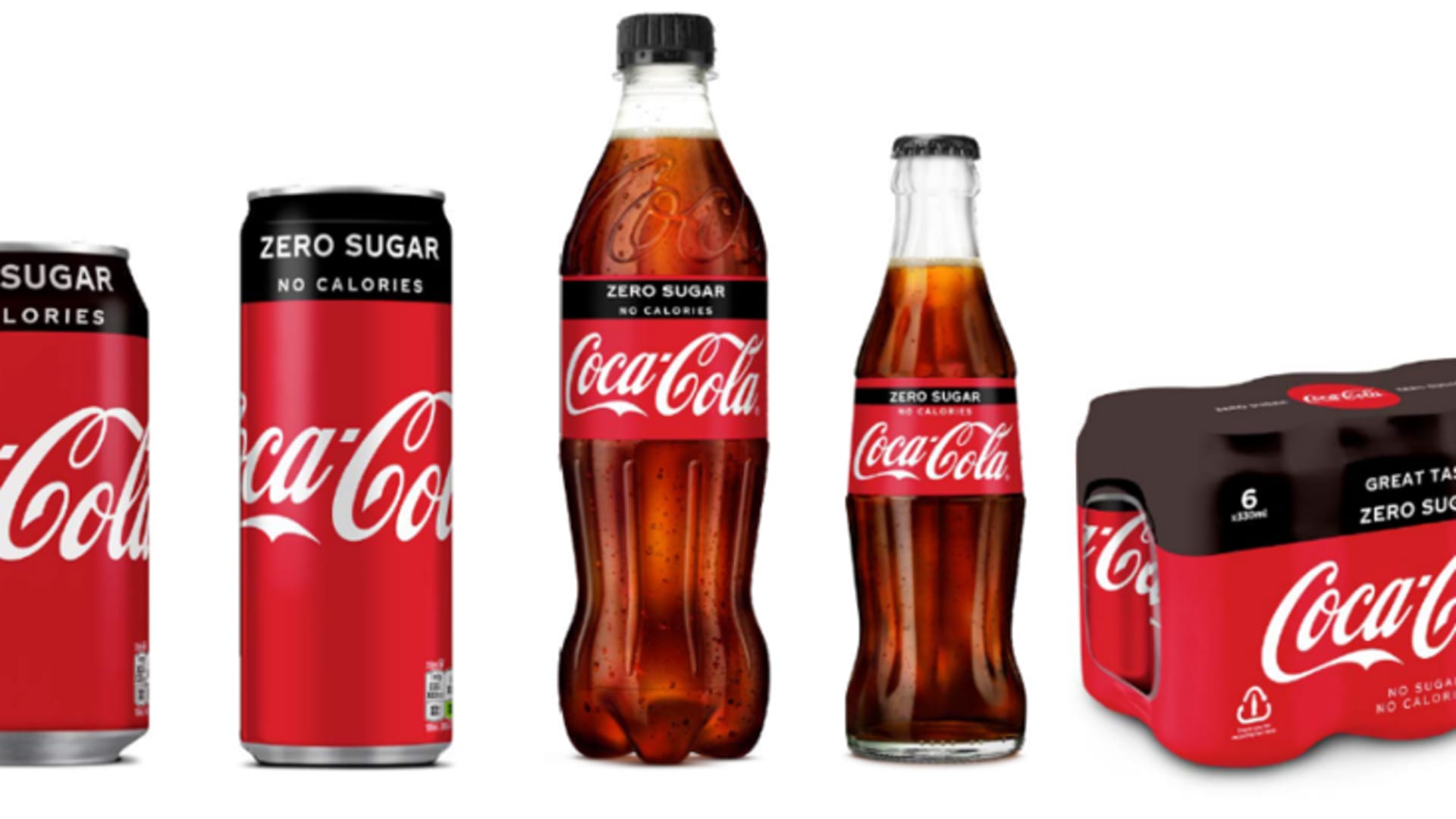
- Select a language for the TTS:
- UK English Female
- UK English Male
- US English Female
- US English Male
- Australian Female
- Australian Male
- Language selected: (auto detect) - EN
Play all audios:
One of the grand challenges of contemporary physics is understanding strongly interacting quantum systems comprising such diverse examples as ultracold atoms in traps, electrons in
high-temperature superconductors and nuclear matter1. Warm dense matter, defined by temperatures of a few electron volts and densities comparable with solids, is a complex state of such
interacting matter2. Moreover, the study of warm dense matter states has practical applications for controlled thermonuclear fusion, where it is encountered during the implosion phase3, and
it also represents laboratory analogues of astrophysical environments found in the core of planets and the crusts of old stars4,5. Here we demonstrate how warm dense matter states can be
diagnosed and structural properties can be obtained by inelastic X-ray scattering measurements on a compressed lithium sample. Combining experiments and ab initio simulations enables us to
determine its microscopic state and to evaluate more approximate theoretical models for the ionic structure.
This work was partially supported by EPSRC grants and by the Science and Technology Facilities Council of the United Kingdom. Additional support from the US DOE and the Lawrence Livermore
National Laboratory is also acknowledged. We thank the Vulcan operation, engineering and target fabrication groups for their support during the experiment.
School of Mathematics and Physics, Queen’s University of Belfast, Belfast BT7 1NN, UK
Clarendon Laboratory, University of Oxford, Parks Road, Oxford OX1 3PU, UK
Central Laser Facility, Rutherford Appleton Laboratory, Chilton, Didcot, OX11 0QX, UK
G. Gregori, R. J. Clarke, D. Neely, M. M. Notley & C. Spindloe
Department of Physics, Centre for Fusion, Space and Astrophysics, University of Warwick, Coventry CV4 7AL, UK
Laboratoire pour l’Utilisation des Laser Intenses, Ecole Polytechnique - Université Paris VI, 91128 Palaiseau, France
Department of Physics, The Ohio State University, Columbus, Ohio 43210, USA
Lawrence Livermore National Laboratory, Livermore, California 94551, PO Box 808, USA
Department of Physics, Kohat University of Science and Technology, Kohat-26000, NWFP, Pakistan
Institut für Kernphysik, Technische Universität Darmstadt, Schloßgartenstr. 9, 64289 Darmstadt, Germany
E.G.S., G.G., B.B., R.J.C., F.Y.K., M.M.N., A.P., R.L.W. and D.R. carried out the Vulcan experiment. E.G.S., G.G., S.H.G., P.N., A.P., D.P., M.R. and M.S. carried out preparatory experiments
and diagnostics development at the Lawrence Livermore National Laboratory. E.G.S., G.G., F.Y.K. and D.R. analysed the data. E.G.S., G.G. and D.O.G. wrote the paper. The simulations were
carried out by D.O.G., J.V. and K.W. C.S. and G.G. designed targets used in the experiment. R.R.F., S.H.G., M.K., O.L.L., D.N., M.R. and L.v.W. provided additional experimental and
theoretical support. G.G., S.H.G. and D.R. conceived the project in this paper.
Anyone you share the following link with will be able to read this content:






